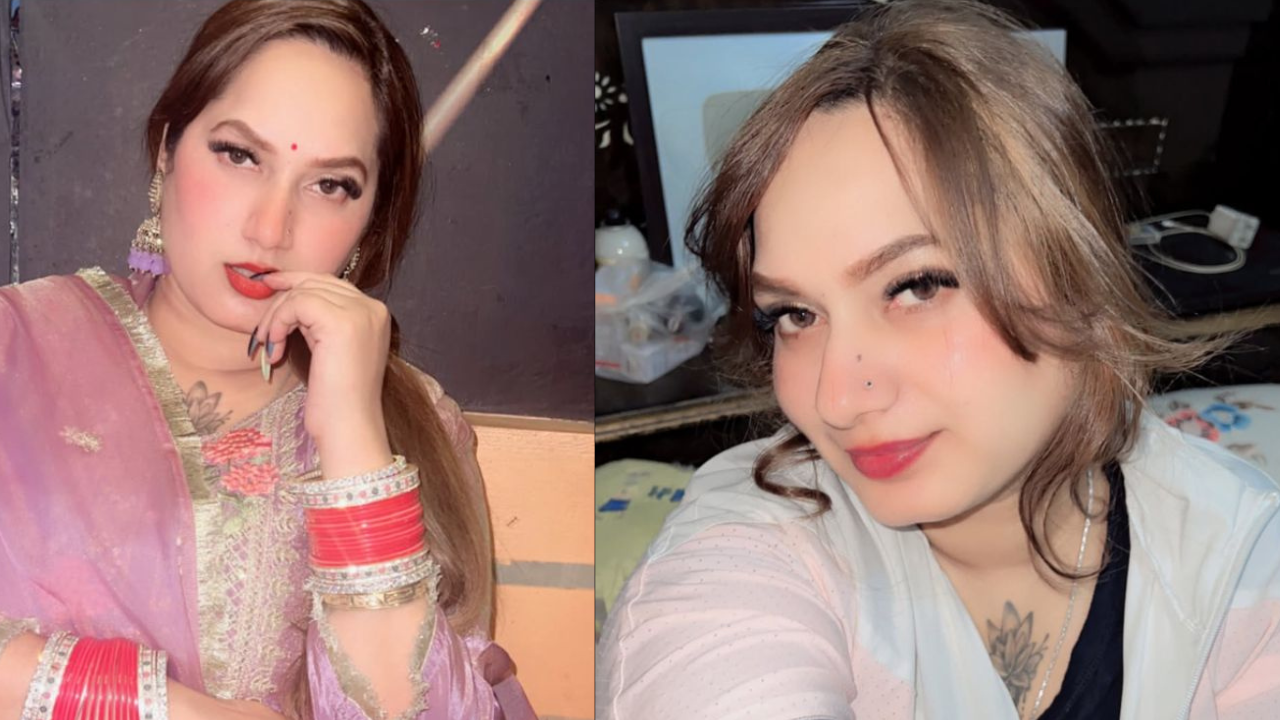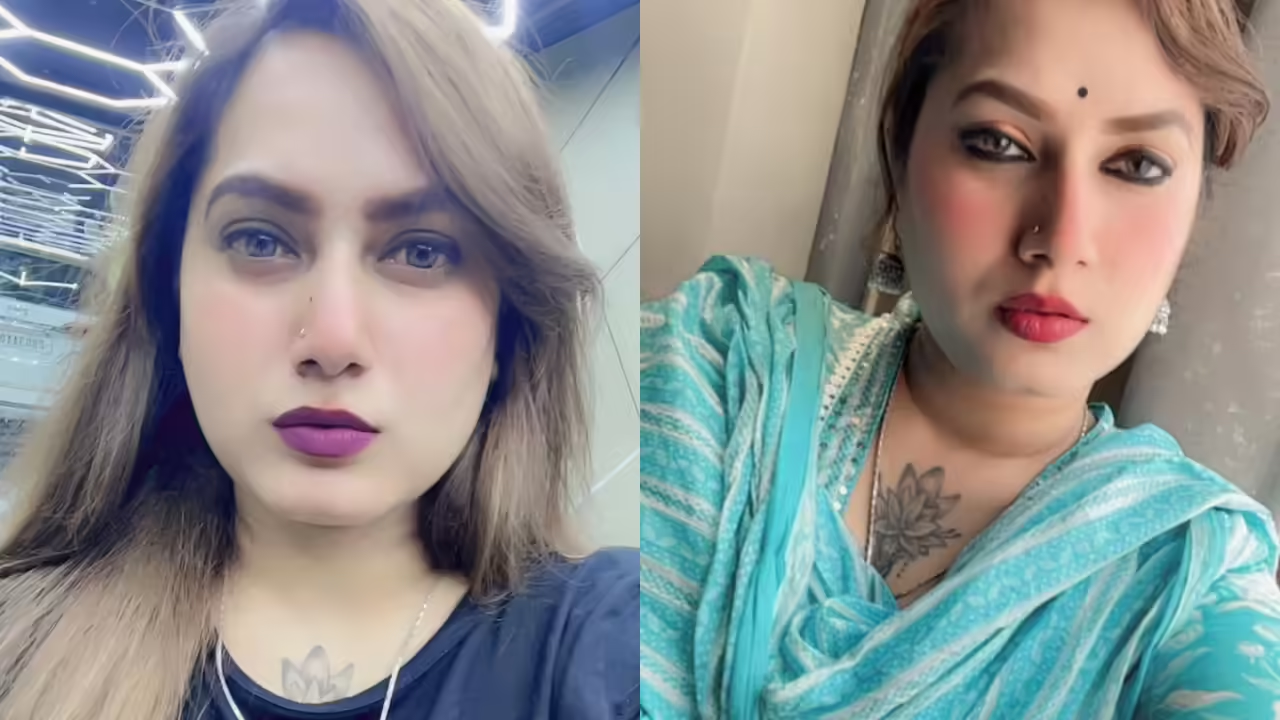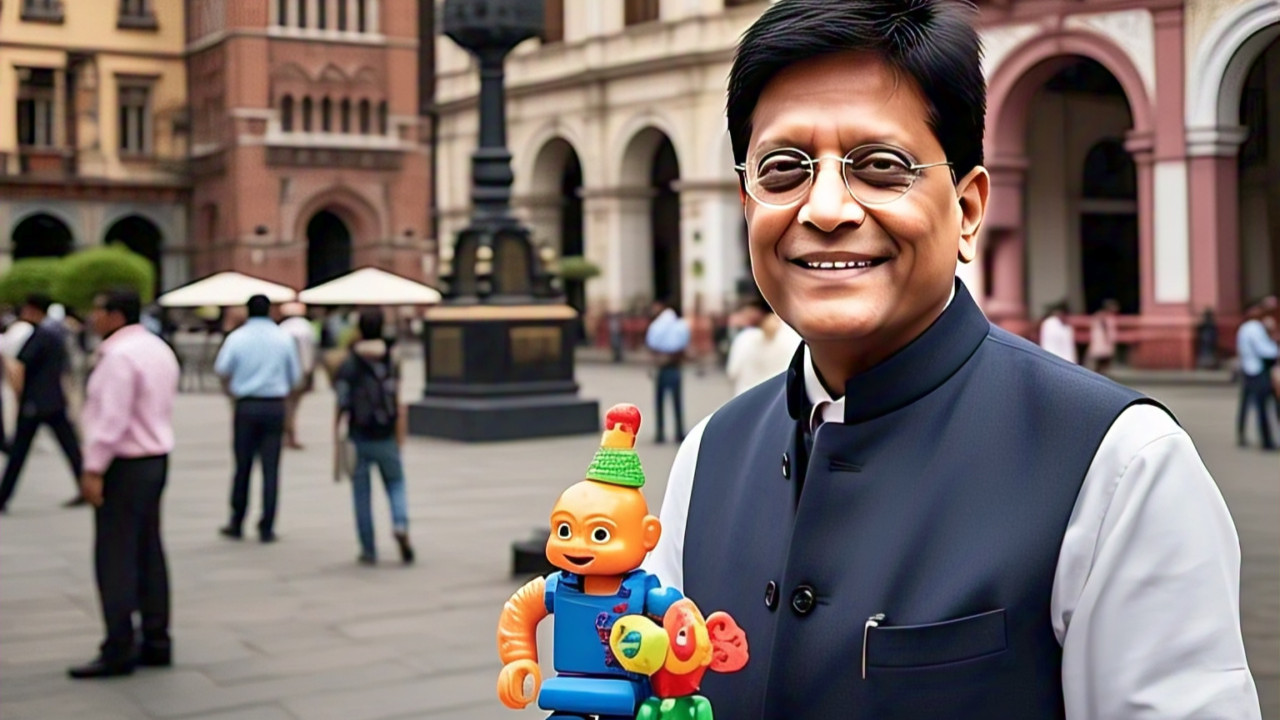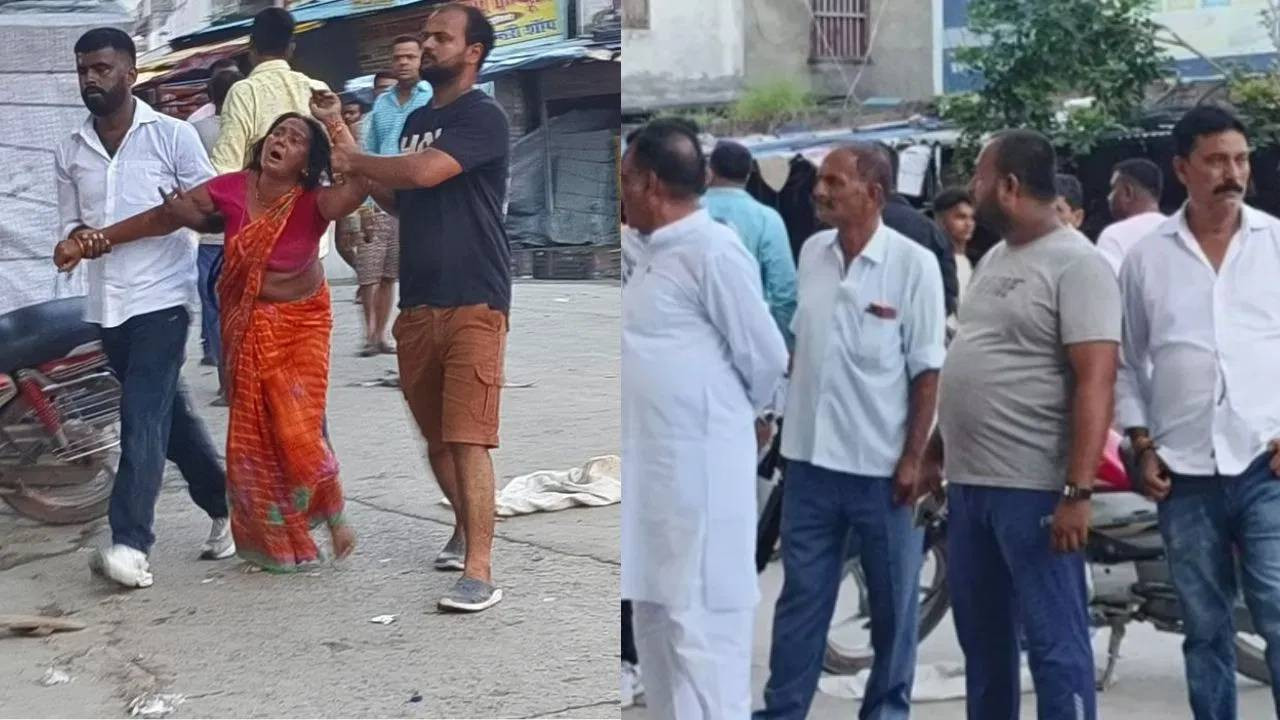Kamal Kaur Bhabhi, known to many as Kanchan Kumari, wasn’t a celebrity in traditional saree. She was a popular face on Punjabi social media. She was bold, outspoken and deeply rooted in her local culture. Her sudden death has shaken more than just her followers.
It has sparked conversations that go far beyond the digital world. It raises questions on morality, gender, caste, migration, and identity in today’s Punjab. This isn’t just about one woman or her videos. It’s about everything happening under the surface in a state caught between its old values and new realities.
What Happened to The Dream of Punjab?

There was a time when Punjab stood tall as India’s model of agricultural success. The Green Revolution turned fields into gold, and farmers into proud breadwinners. But things have changed. The land that once fed the country is now dealing with depleting water tables, tired soil, failing crops, and rising loans.
Farming no longer brings security. Many families, especially small farmers and labourers are walking away from the land, unsure of what comes next. The idea of Punjab as a prosperous farming state feels more like nostalgia than fact.
A Quiet but Powerful Shift at Home
In the middle of this crisis, something unexpected is happening at home, especially in poor and Dalit families. Daughters, once seen as burdens, are now being allowed to thrive. They're being sent to school. They're being given phones. They're being trusted, a little more than before.
According to health survey data from 2019 to 2021, Punjab’s fertility rate is 1.6 below replacement level. That’s not just about fewer children; it’s about families making different choices. Better education, strict laws against sex-selective abortions, and urban lifestyles are changing the way people see daughters.
Female literacy in Punjab was over 70% in the last Census. Among Scheduled Castes, it crossed 58%. In many homes where girls weren’t even named properly a generation ago, they’re now the ones stepping forward.
But the Struggles Haven’t Disappeared
Still, progress has limits. Higher education is often out of reach blocked by lack of money, safety concerns, or simple family pressure. Most girls from such homes finish school and then drop out, not because they want to, but because that’s how the system still works. Many end up working if not in cities, then near city edges, in factories or gig jobs. They face new challenges, but also find new voices.
And the Boys?
While girls are slowly rising, the image of Punjab’s young men is in trouble. Once seen as strong, proud farmers, many are now battling unemployment, addiction, or simply drifting with no clear path. This shift in roles is happening quietly, but it’s everywhere.

According to a 2024 labour report, work participation among young women (15 to 29) dropped slightly from 45% to 44.1% between the first and second quarters of the year. But what’s more telling is the unemployment rate. It’s higher for women (21.8%) than for men (14.7%). Even so, in many families, it’s the daughters who are becoming the dependable ones.
The Phone Becomes a Window
In the middle of all this, social media has become something of a lifeline. Not just for fun or escape but as a way to be seen, to earn and to speak. Punjab has one of the highest internet access rates in the country. Over 84% of people are online. More than 60% of women have phones in their hands. And some of them are using those phones to change their lives.
Women from poor or marginalised backgrounds aren’t posting polished influencer content. They’re raw, local, and fearless. They post skits, songs, and social commentary.
Some lean into drama or even borderline provocative content not to shock, but to survive. Algorithms reward what gets attention, and these women have learned to play the game. Creators like Kamal Kaur Bhabhi weren’t just looking for likes. They were finding a way to earn on their own terms.
Challenging the Rules
Much of this content plays with traditional ideas. Women dress up,speak out and take up space, online and offline. They often joke about patriarchy, flip the male gaze and use humour to push back. But not everyone is laughing.
For many men, especially those who feel they’ve lost status or control, this visibility is threatening. It challenges old power dynamics. It makes them uncomfortable and sometimes angry. In families and communities where women are still seen as "honour", this kind of public behaviour can provoke harsh responses. That’s when backlash turns dangerous and visibility becomes a reason for punishment.
When "Honour" Turns Violent?
In a society still clinging to honour-based thinking, women who cross unspoken boundaries are seen as threats. They face online abuse. Some are harassed offline. In extreme cases, they face violence all in the name of protecting family or community pride.
These aren’t isolated acts. They are part of a larger pattern of control where culture, religion, and masculinity mix to silence women who won’t stay quiet. Even public figures, like male influencers Ranvir Allahabadia and Samay Raina, have chimed in with calls for regulation. There is a place for rules to keep these platforms safe, the demands also reflect fear, not just of bad content but of women having too much power.
What’s Really Going On?
Behind all the outrage, we are seeing a struggle for change. The traditional order is cracking. Daughters are rising in ways no one ever expected. Social media that was once seen as a distraction has now become a weapon or stage depending on who's watching. Families, communities and influencers are all trying to figure out a way to react.
Kamal Kaur Bhabhi’s story is just one of many. But it’s a powerful one. Her life and death aren’t just about fame or scandal. They’re about a society trying to come to terms with new roles, new freedoms, and new voices. And if we’re honest, it’s not just Punjab. This is a story unfolding across India , one reel, one woman, one voice at a time.












